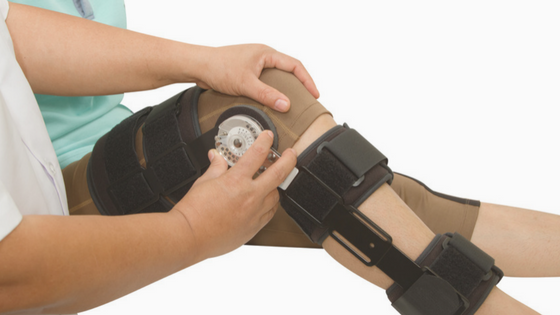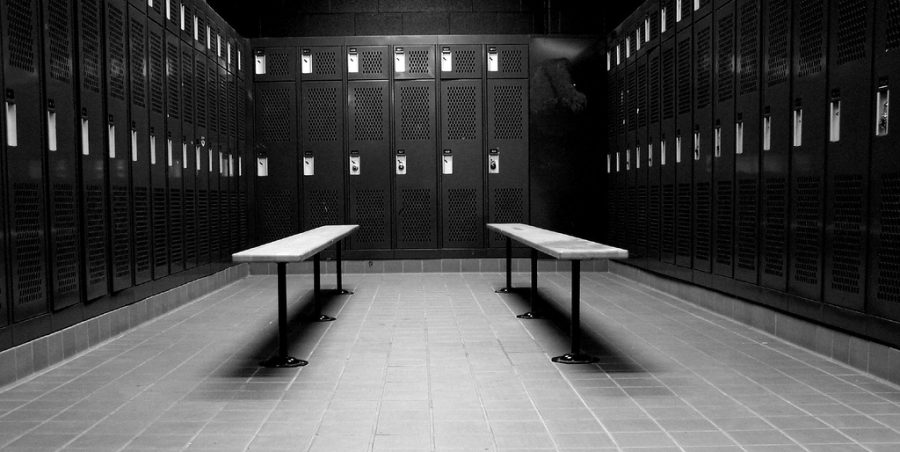A common and debilitating injury among athletes in all sports is an anterior cruciate ligament injury, often referred to as a torn ACL. This typically occurs when the knee is hyperextended and the ligament exceeds its biomechanical limits. Varying in severity, an ACL tear can contribute to trouble walking and swelling of the knee, and usually requires surgery for proper repair. Rehabilitation can take anywhere from six to nine months, and can be a difficult road to recovery.
It is important to understand the anatomy of the knee in order to properly diagnose and treat a torn ACL. The quadricep muscles on the front of the thigh and the hamstrings on the back aid in the stabilization of the knee, which is primarily controlled by four ligaments. These include the medial and lateral collateral ligaments, which prevent the knee from shifting side to side, and the anterior and posterior cruciate ligaments, which keep the knee from sliding forward and backward.
The anterior cruciate ligament (ACL) is the most commonly injured muscle in the knee. The austerity of which can differ. Sprains of these ligaments can be classified as grade 1, 2, or 3. Grade 1 sprains occur when a ligament’s fibers are overstretched. A grade 2 sprain involves some torn fibers, but remains functional. Grade 3 sprains are complete tears of the ligament entirely, and are frequent among athletes.
Both contact and non-contact sports can contribute to these injuries. If an athlete changes direction quickly, planting his or her foot flat on the ground, the knee hyperextends, stressing the ACL. A blow to the knee in contact sports while the foot is planted can also cause hyperextension. They are more common in women due to a difference in anatomy and muscle mass as well.
If you have experienced a torn ACL, the surgery required can be grueling, much like the recovery process. Find a doctor that specializes in such cases for the best possible outcome. Taking up to 6 months or more, recovering from this surgery is no easy task. Following a rehabilitation process is absolutely vital in order for the ligament to heal properly, as this strengthens the muscle around the knee and regains range of motion.
Within the first weeks, be sure to rest your leg up on a couch or pillow four to six times a day. This can reduce swelling in the knee. However, you should maintain a small amount of physical activity. Moving the knee post-surgery, though painful, keeps the blood flowing, and redevelops the torn muscle. After a month or so, you should be given a knee brace and advised to move more frequently than before. Patients usually begin physical therapy at this time. Depending on the injury, your doctor should provide you with a program suitable for your personal rehabilitation process.
Avoiding ligament damage in sports like football, soccer, basketball, and skiing is difficult, but simple strategies like wearing proper cleats, stretching, and effectively bending the knee upon landing can prevent this. For those who’ve suffered a torn anterior cruciate ligament, work with your doctor on a daily basis to ensure you are maintaining a healthy recovery process. Though it takes time, coming back from such an injury is not impossible.



